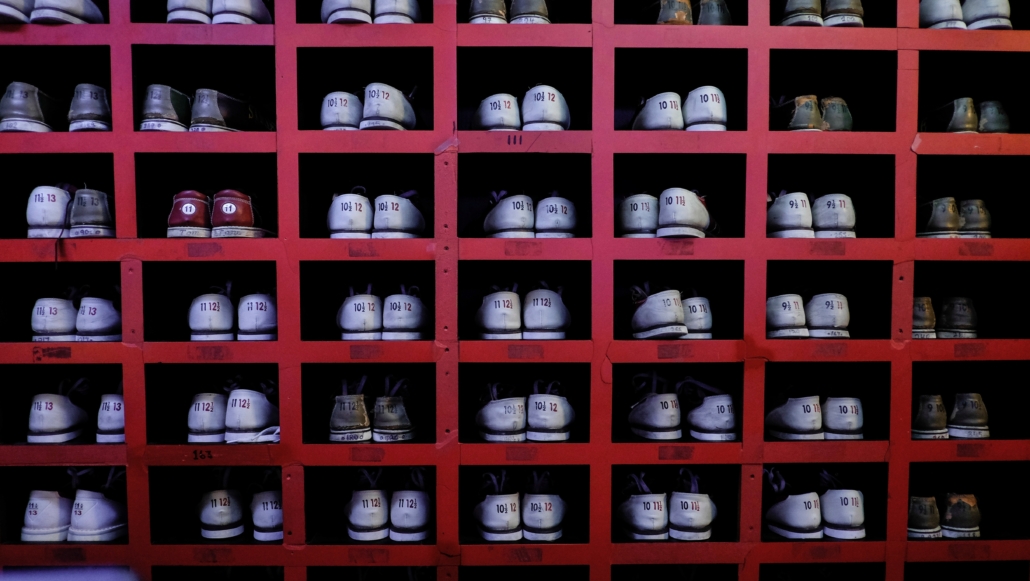Syndrome Series: Obsessive Compulsive Disorder

What is Obsessive Compulsive Disorder
Obsessive Compulsive Disorder (OCD) is a condition characterized by the presence of obsessions and/or compulsions. Obsessions are recurrent thoughts, urges, or images that are intrusive and unwanted, while compulsions are repetitive behaviors or mental acts that are applied to the obsessions (or other rules) that are rigidly followed.
Types of Obsessions and Compulsions
The types of obsessions and compulsions vary broadly, although there are common themes. Stereotypical OCD symptoms showcased in media are fear of contamination accompanied by compulsive cleaning (seen famously on the TV show Monk). Other common themes include symmetry (organizing, ordering, or counting compulsions), morality (sexual, aggressive, or religious based compulsions), or harm (checking compulsions for fear of harming others). These themes are seen globally across cultures with minor variances.
The performance of the compulsion is done in an attempt to mitigate anxiety or distress associated with the obsession. Individuals with OCD typically have an impending sense of doom if they don’t perform the compulsions, or they may believe something horrific will occur if they do not perform the tasks. The individual with this condition finds distress in their compulsions and obsessions and avoiding the compulsion or obsession can take up a significant amount of time. Because of this, they may avoid of people or certain places in order to avoid a trigger for a compulsion.
Realistically, the action and obsessions are not connected in any significant way. However, the extent that the individual believes this depends on their insight.
Insight
Insight refers to how well the individual recognizes the credibility of their beliefs. They may have good or fair insight in which they realize their disordered beliefs are definitely or most likely untrue; poor insight in which they think their obsessive compulsive beliefs are probably true; or absent insight in which they are completely convinced their disordered beliefs are true.
Prevalence and Transmission
The average age of onset is 19.5 years old, with a quarter of cases starting by the age of 14. Females tend to be affected slightly more than males in adulthood, while males are more affected in childhood. The prevalence in the U.S. is 1.2%, with similar prevalence rates seen globally. There is a 2x rate of familial transmission among first degree relatives with the condition compared to those without first degree relatives with the condition.
First Line Treatments
Treatment options for OCD generally includes psychotherapy and pharmaceuticals. These can be used exclusively or in combination with each other.
Psychotherapy
Cognitive Behavioral Therapy (CBT) is one of the first line treatment options for OCD. CBT is effective in treating OCD by helping the individual become aware of the cognitive distortions present that are leading to their compulsive behavior. Once identified, the clinician can work with the patient to untangle how the obsession and compulsion are not directly related and ultimately remove the desire to complete the compulsion when faced with a trigger.
In addition to standard CBT, there is another type of CBT called Exposure and Response Prevention (ERP) that can be highly effective in the treatment of OCD. With this type of therapy, the client is systematically exposed to gradually increasing levels of the trigger for their compulsions and assisted in learning how to reject the compulsion.
Pharmaceuticals
Mayo clinic reports the following antidepressants approved by the U.S. Food and Drug Administration (FDA) to treat OCD:
- Clomipramine (Anafranil) for adults and children 10 years and older
- Fluoxetine (Prozac) for adults and children 7 years and older
- Fluvoxamine for adults and children 8 years and older
- Paroxetine (Paxil, Pexeva) for adults only
- Sertraline (Zoloft) for adults and children 6 years and older
Additional Treatment Options
Other treatment options may be considered if first line treatments fail. These include Deep Brain Stimulation and Transcranial Magnetic Stimulation. These options are typically reserved for cases in which neither first line treatments have been found to be effective, and are generally used in patients over the age of 18. In both these treatment options, different neurological regions of the brain are stimulated using electrodes in order to suppress compulsive thoughts and behaviors.
Ready to learn more?
Give our question banks a try- FREE- using our Free Trial! Or if you’re ready to take the plunge, check out our Question Banks and find the perfect fit for you! Or, contact us with any questions you have so we can get you on the right path today!
REFERENCES:
American Psychiatric Association. (2022). Diagnostic and statistical manual of mental disorders (5th ed., text rev.). https://doi.org/10.1176/appi.books.9780890425787
